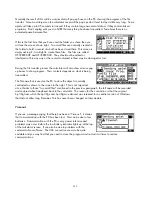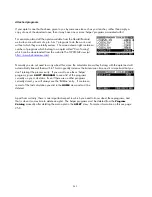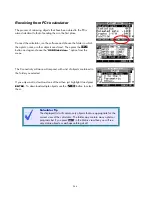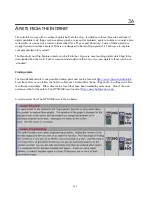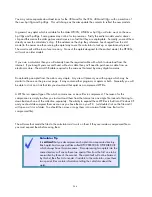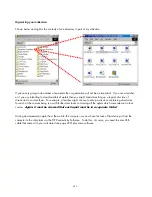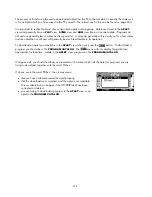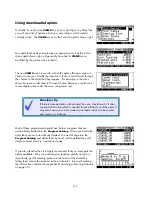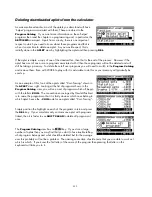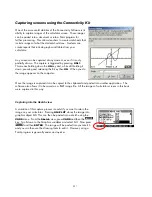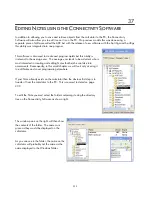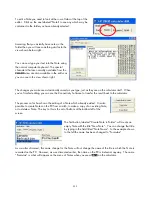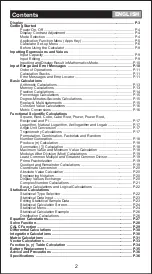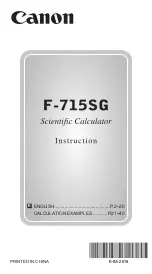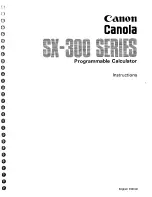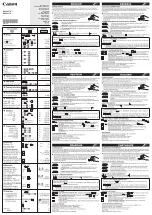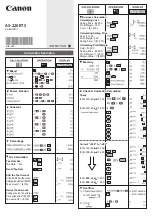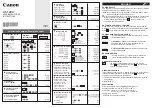
Choosing the parent aplet
The first stage in the creation process is to decide which of the standard aplets you wish to make the “parent”
of your new child aplet. For some aplets this may not matter, but for others this can be a very important
choice. All the abilities of the parent are inherited by the child so the parent choice is crucial if your aplet
requires particular abilities. The most commonly used parent aplets are the Function and Statistics aplets,
whereas the Quadratic and Trig Explorers would probably not make good parent aplets, since they are
specialized teaching aplets without the flexibility of the others.
If your new aplet is going to be concerned with analyzing data then your best choice for a parent would
probably be the Statistics aplet. On the other hand if you were planning to write an aplet to teach the
behavior of graphs then the Function or Parametric aplets would obviously be best. All the tools of the parent
are available to the child, so consider carefully what tools you require.
Working with Software vs Working on the Calculator
When designing aplets you should consider using the software discussed later as it makes the process
far
easier. To use this software you must be able to send to and receive from a computer, and for models before
the hp 39gs & hp 40gs this means buying a cable. For the hp 39gs & hp 40gs the mini-USB cable required
is included in the package with the calculator.
In this chapter we will begin by creating our first two aplets entirely on the calculator. We will then look at
two more examples using the software.
Naming conventions
The process starts by making a copy of the parent aplet and giving it whatever name you want to use for your
new aplet. This copy will form the core of your new aplet. Decide also what prefix to use for the programs
you will associate with your new aplet. The prefix needs to be recognizably linked to the name of the aplet,
so that the user can know which programs to delete when they want to clear the programs out after deleting
the aplet from the
APLET
view after use.
For example, an aplet called “Linear
.LINEQ.SV
.LINEQ.START
Equations” might have a list of programs:
.LINEQ.ENTER
.LINEQ.DISPLAY
The next stage is to plan your
VIEWS
menu. The
VIEWS
menu is the controller of your aplet. It pops up
when the user presses the
VIEWS
key or at a programming command, and offers a choice of options to the
user.
256

